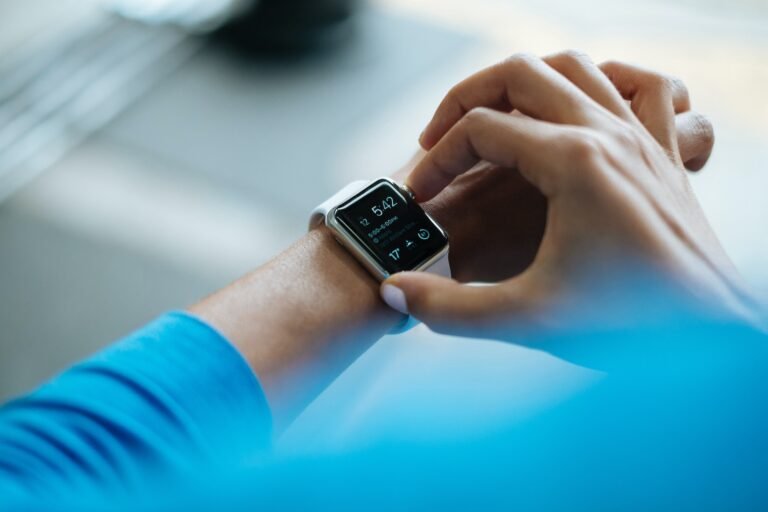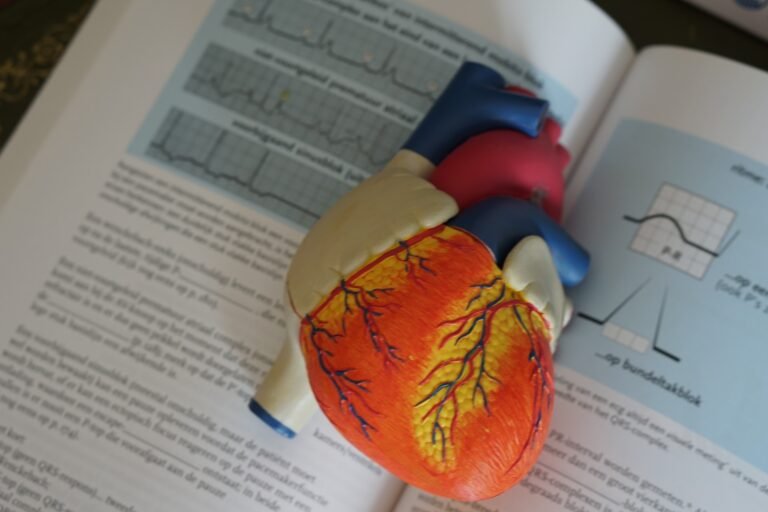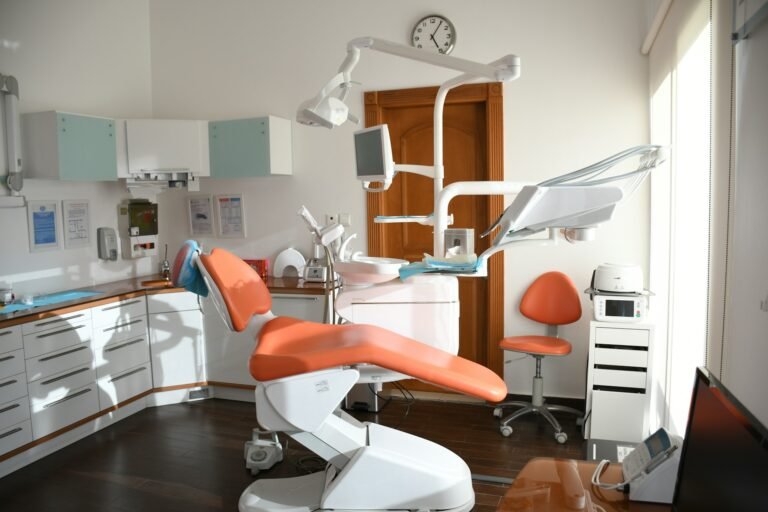CoolSculpting Before and After: A Transformative Journey
Non-invasive fat removal procedure CoolSculpting, or cryolipolysis, has swept the beauty world by storm. It’s a noninvasive alternative to surgery for reducing localized fat deposits, so you may look slimmer and more toned without downtime.
What is CoolSculpting?
Scientists at Harvard University invented CoolSculpting, a fat-freezing therapy authorized by the Food and Drug Administration. Cryolipolysis is a method that uses controlled chilling to selectively target and freeze fat cells. Fat cells that have been frozen die off and are flushed out of the body over time, leaving a slimmer you.
How Does It Work?
Using targeted chilling, the CoolSculpting device safely and effectively freezes and removes unwanted fat cells from the treatment region without damaging the surrounding tissues. The damaged fat cells are progressively eliminated by the lymphatic system over the next several weeks, resulting in a leaner and more toned look.
The Procedure
The average session lasts between 35 minutes to an hour per treated region. This therapy is ideal for patients with hectic schedules since they may relax by reading, using their computers, or even sleeping through it.
Areas Treated with CoolSculpting
It can be used to eliminate fat from many different parts of the body, including the stomach, thighs, flanks (love handles), jowls, and bra fat. It can be used for a variety of purposes when dealing with localized fat.
Before the Procedure
To determine if it is right for you, a skilled medical professional must first evaluate your condition. Your practitioner will talk to you about your hopes and concerns to determine if it is the best option for you.
During the Procedure
A gel pad and applicator are used to apply the treatment to the affected region. As the gadget begins to act, you may feel a moderate suction and a chill. In most cases, these feelings fade away after a few minutes.
After the Procedure
You may get right back to your routine after a session. The treatment site may become red, swollen, or bruised for a short period in some people, although this usually subsides after a few days.
Recovery and Downtime
The short recovery period associated with it is a major plus for many patients. There is no lengthy downtime associated with this process like there would be with surgery. After receiving therapy, the vast majority of people may immediately get back to their daily lives.
Expected Results
The fat cells that are targeted with CoolSculpting are eliminated by the body naturally, therefore the results are not instant. Patients should start to feel better within a few weeks, and the full results should be noticeable within a few months.
Real-Life CoolSculpting Success Stories
Let’s take a look at some actual CoolSculpting success stories to get a feel for the procedure’s life-changing potential. Look at the amazing results that it has given these people in these before and after pictures.
CoolSculpting vs. Other Fat Reduction Methods
If you’re trying to lose weight, it is only one of numerous methods to choose from. Considering alternatives to it, such as liposuction and laser fat removal, is crucial for making a well-informed choice.
Is CoolSculpting Right for You?
It is a great option for many people because it may effectively eliminate unwanted fat. Still, it may not be the optimal solution for many situations. When deciding if it is right for you, consider your overall health, your aesthetic objectives, and your financial situation.
CoolSculpting Safety
When conducted by medical experts, it has no health risks. Patients may be certain of its safety and effectiveness because it has been thoroughly researched and authorized by the FDA.
CoolSculpting’s Advantages Over Surgical Options
It is a popular procedure due to its lack of cuttings and invasive nature, unlike liposuction. It doesn’t require incisions, anesthesia, or a long recovery period, resulting in less discomfort, reduced scarring risk, and quicker recovery. It also allows targeted fat removal, allowing for accurate body contouring, and can be customized to specific needs like stomach, thighs, or chin.
The Psychological Impact
It offers significant psychological benefits, such as increased body satisfaction and overall life satisfaction. Physical changes can boost self-esteem, potentially positively impacting relationships and mental state, making it a worthwhile investment for those seeking physical transformation.
What to Expect During a CoolSculpting Session
You will feel chilly and mild suction while the CoolSculpting applicator does its work. These sensations often disappear within a few minutes when the area becomes numb. Some people use their waiting time to catch up on their reading, finish off some work, or simply relax. A typical therapy session lasts between 35 and 60 minutes. The number of sessions recommended to achieve your goals is something you should discuss with your practitioner.
Potential Side Effects and Considerations
Redness, swelling, bruising, or slight discomfort at the treatment site may occur in a small percentage of individuals for a short period after it. After a few days to a few weeks have passed, these unpleasant effects often disappear.
CoolSculpting as Part of a Holistic Approach to Health
A balanced diet and consistent physical activity are suggested complements to the CoolSculpting procedure. It is most effective when incorporated within a comprehensive strategy for improving health and happiness. Maintaining the best possible results following your operation requires a commitment to a healthy lifestyle, which includes regular exercise, a balanced diet, and appropriate water intake.
Conclusion
Due to its minimal risk of side effects, lack of recovery time, and obvious results, CoolSculpting is a well-liked and secure fat-reduction option. It’s a viable option for anyone looking to improve their body form without undergoing invasive surgery.
FAQs
Q: How much does it cost on average?
Its cost varies depending on the number of treatment areas and sessions required.
Q: Are the results of CoolSculpting permanent?
It results can be permanent if a healthy lifestyle is maintained. However, it’s still possible to gain weight in untreated areas.
Q: Is it painful?
Most people tolerate it rather well, with few reporting any significant discomfort during the treatment.
Q: How long does it take to see results after CoolSculpting?
Initial results can be seen in a few weeks, with full results typically visible within two to three months.
Q: Can it be used as a weight loss method?
It is not a weight loss method but is designed for fat reduction in specific areas. It is most effective for individuals close to their target weight seeking to contour their bodies.







